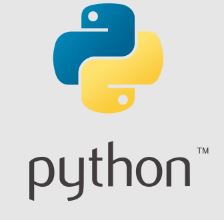Command-line arguments are a fundamental aspect of C programming, allowing developers to interact with their programs directly from the terminal or command prompt. In this article, we will delve into advanced topics related to command-line arguments in C. You will learn advanced techniques, best practices, and real-world examples with corresponding outputs, empowering you to harness the full potential of command-line arguments in your C programs.
Understanding Command-Line Arguments
Command-line arguments are parameters that you can pass to a C program when you run it from the command line. These arguments provide a way to customize program behavior, input, or execution. In C, you can access these arguments using the main function’s parameters.
Basic Usage of Command-Line Arguments
Let’s start with a basic example to refresh your knowledge of command-line arguments:
In this example, argc stores the number of command-line arguments, and argv is an array of strings containing those arguments. The program prints the total number of arguments and lists each argument.
Output (if you run the program with ./program arg1 arg2 arg3):
Advanced Topics in Command-Line Arguments
Parsing Numeric Arguments
You often need to convert command-line arguments to numeric values for further processing. Here’s how you can parse integer arguments:
In this example, we expect a single numeric argument. If the argument count is not as expected, we print usage instructions. Otherwise, we convert the argument to an integer using atoi and perform a calculation.
Output (if you run the program with ./program 5):
Handling Flags and Options
Command-line arguments often include flags and options. Let’s implement a program that accepts a -v flag for verbose output:
In this example, we iterate through the command-line arguments and set the verbose flag to true if we encounter the -v flag.
Output (if you run the program with ./program -v):







